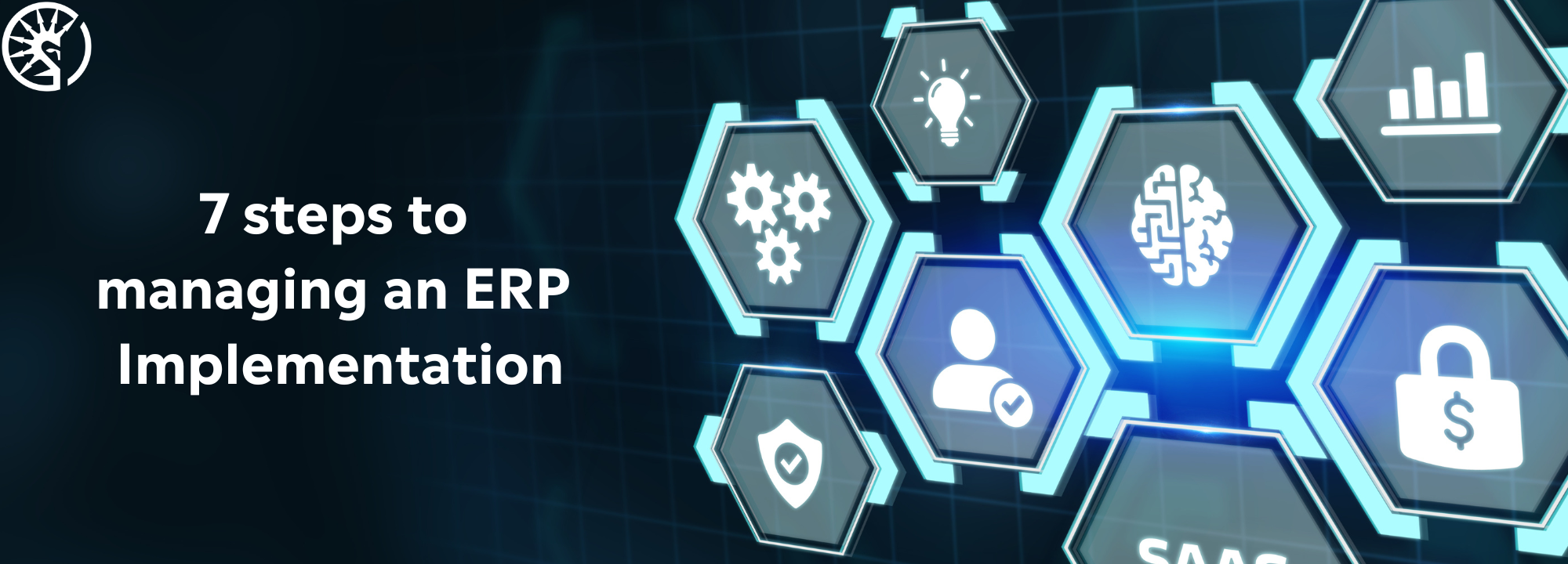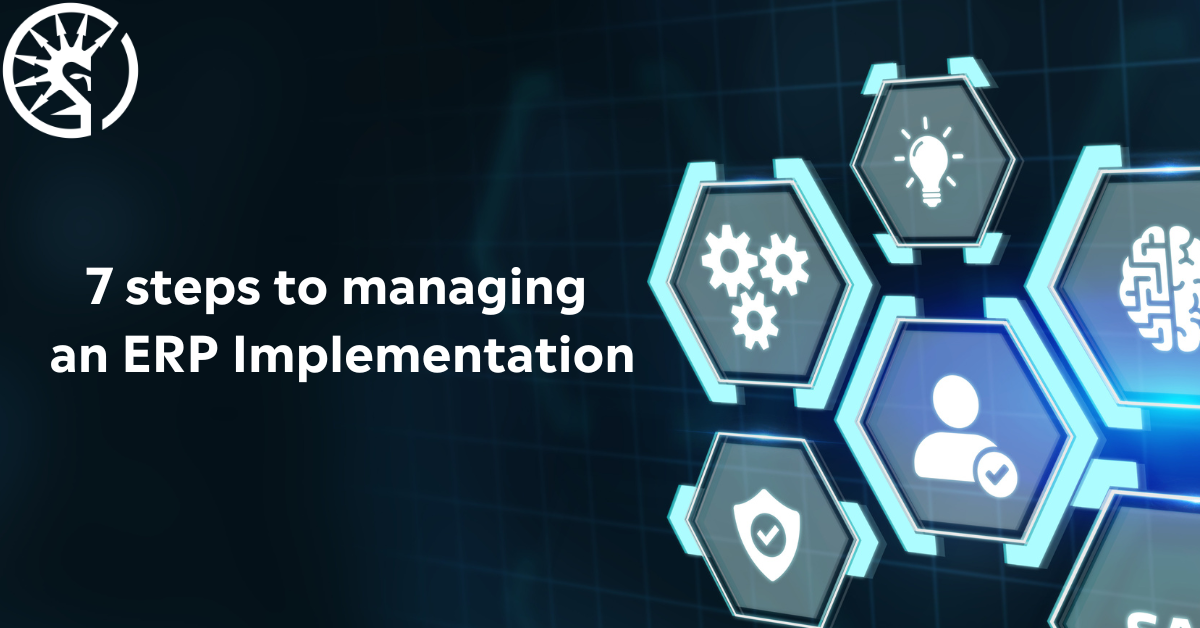 7 steps to managing an ERP Implementation
7 steps to managing an ERP Implementation
TRC Solutions has seen many businesses unsure of how to implement an ERP system, but with the right approach and support, it can be a game-changer for your business. Here are 7 steps to managing an ERP implementation that we found to be effective:
- Define your goals: Before you start the implementation process, you need to clearly define your goals. What do you want to achieve with the ERP system? What are the pain points you’re trying to solve? Answering these questions will help you stay focused and avoid getting sidetracked during the implementation process.
- Choose the right solution: There are many ERP solutions out there; SAP Business One, Epicor ERP, SAP S/4HANA, Oracle ERP Cloud, and Infor ERP, but not all of them are created equal. Do your research and choose a solution that meets your business needs and budget. Don’t be afraid to negotiate with vendors to get the best deal possible.
- Assemble a team: Implementing an ERP system is a team effort. You’ll need a cross-functional team that includes representatives from each department that will be impacted by the system. This team will be responsible for ensuring the implementation stays on track and addressing any issues that arise.
- Develop a plan: Once you have your team in place, develop a detailed plan for the implementation. This should include timelines, milestones, and tasks for each team member. Make sure everyone is clear on their roles and responsibilities.
- Test, test, test: Before you go live with the ERP system, make sure you test it thoroughly. This includes testing all modules, integrations, and customisations. Identify any issues and address them before going live.
- Train your team: Your team needs to be trained on how to use the new system. This should include training on all modules, integrations, and customisations. Don’t skimp on training – it’s essential for a successful implementation.
- Go live and monitor: Once you’re ready to go live, monitor the system closely. Address any issues that arise and make adjustments as needed. Keep an eye on key performance indicators to ensure the system is delivering the expected results.
Implementing an ERP system can be a complex process, but if you follow these 7 steps, you’ll be well on your way to success. At the end of the day, an ERP system can help your business become more efficient, productive, and profitable. So, don’t be afraid to take the leap – your business will thank you for it.
Take the first step of your implementation journey and arrange an Introductory Call with TRC Solutions by filling out your requirements here or by getting in touch with our Head of Pre-Sales, Patrick Nolan.

 7 steps to managing an ERP Implementation
7 steps to managing an ERP Implementation